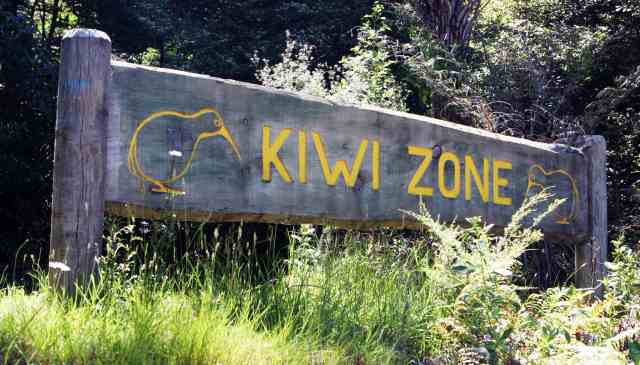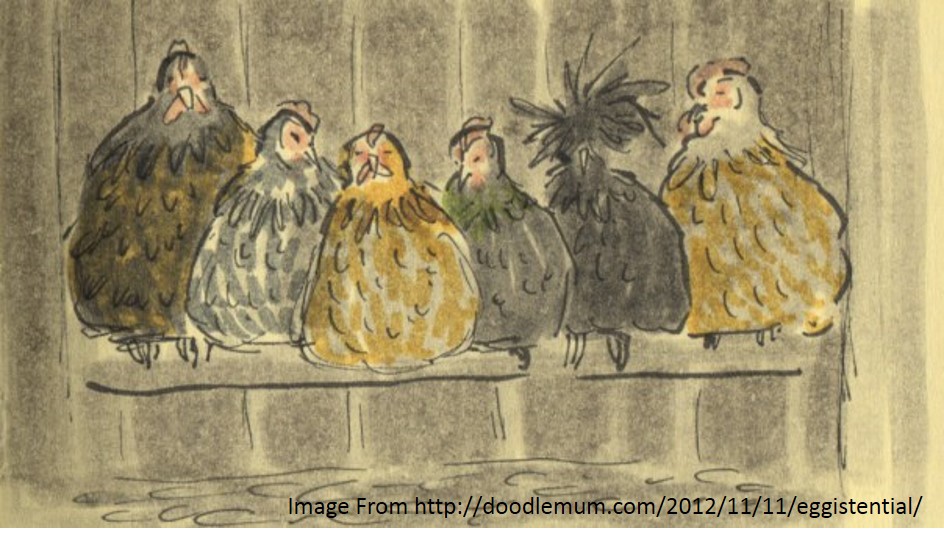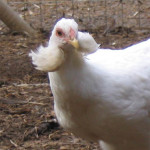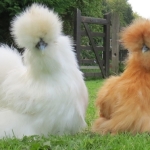Did you know that chickens sailed around the world?
Well not really, but chickens are not native to New Zealand, so they must have arrived there somehow.
In recent studies of the DNA of old chicken bones in New Zealand has discovered some interesting facts about the migration of the different breeds of chickens around the world. It was initially thought that the ancient Polynesian sailors had taken chickens with them on their early voyages to explore the far flung islands of the South Pacific. And they certainly did this as the chicken populations on many of the islands throughout the Pacific that were settled by Polynesian explorers arrived there at the same time as the early settlers.
Did the Maori take chickens to New Zealand?
However, in the case of New Zealand, which was inhabited by the Maori settlers roughly 1000 years ago, there is no archaeological record of any chickens that they brought with them.
It is not known if the Polynesians did take chickens with them to New Zealand and they did not survive, or if the journey to New Zealand was too long to keep the chicken cargo alive. The early settlers clearly found other sources of food because New Zealand was certainly inhabited quite successfully and the strong Maori culture thrived and developed.
However, there was evidence that some early types of chickens arrived in New Zealand and that they were eaten by the local populations, so the question remained, how did the first chickens get to New Zealand?
How did the first migrant chickens get to New Zealand?
The recent studies of the DNA of chicken bones found around the early settlements in New Zealand showed that chickens have certainly been raised in New Zealand, but how did they get there? The bones of different types of chickens were found around fire pits and camps of some of the early settlements, so researchers were certain that some breeds of chickens existed there at some time in history (and of course the present day!) but the clues would be as to the time that these early chickens were brought to New Zealand.
The clues were in the Chicken bones
And here is what the research revealed – it must have been Captain James Cook on his early explorations of the South Pacific who arrived in New Zealand and left some of his flock of on board chickens with the local settlers whom he met along his journeys.
It was common for the early explorers to take flocks of chickens on board with them both for the benefits of a fresh supply of eggs, and also as a supply of fresh meat that could be eaten long after other fresh good supplies had run out.
In fact the DNA evidence was able to set the date for the arrival of the chickens at almost the exact date that coincided with Cook’s exploration of New Zealand in 1773. which was much younger than the Polynesians arrival about 1000 years ago. It would have been no surprise that Cook would have taken chickens on board at some of his previous stopovers such that he had enough chickens on board to be able to leave some of his cargo as gifts to the local chiefs or families as he made his exploration of the islands along his route.
What breeds of chickens did Captain Cook take to New Zealand?
It would be extremely interesting to be able to explore the breeds of chickens taken along by Cook, but by the 1700’s most chicken populations around the world had become interbred due to the very nature of exploration and the number of sailing expeditions around the world, all of which relied upon food sources such as chickens to be an important part of the journeys.
It is know that Cook sailed from Britain, but it is unlikely his chicken supplies would have lasted from the original port of departure. Along the way, Cook stopped over at the Cape Verde Islands, South Africa, the Indies, and other Polynesian locations along the way to New Zealand. All of these locations were necessary to long distance sailing expeditions as a source of fresh food supplies en route to the destination, and more than likely as a source of new roosters and different breeds of chickens as part of the supplies.
So while it is not known what types of chickens made the final destination, it would have been common for the sailors to present the local people with gifts such as chickens for food, or to encourage the local farmers to breed and raise their own flocks of chickens.
Remnant populations tend to survive
The interesting thing about these early chicken populations is that once properly established, they tend to survive into the future. What is not known about the New Zealand chicken flocks is whether the survivors are from Cook’s earlier journeys, or whether his gifts were consumed at the time of gifting.
Not long after Cook’s arrival, sailors of all descriptions and motivations began exploring the opportunities for exploitation of New Zealand’s many attractions, and these opportunistic visitors no doubt also brought different types of chickens along for the ride, and hence the local chicken populations grew and thrived elsewhere around the settlements of New Zealand.
Evidence of trade
To further confuse the issue of the origin of New Zealand’s chicken population, it is likely that the Maori chiefs and families traded chickens with other families all over the country, such that chicken flocks spread and prospered very widely.
No evidence of earlier types of chickens
So despite how quickly chickens were able to spread and populate around New Zealand in the 1770’s, it is interesting that Polynesian explorers did not previously manage to export the birds. The early Polynesian explorers certainly did populate other Pacific islands with chicken flocks, from Hawaii and all the way to Easter Island, chickens have existed happily for over 1000 years, but for some reason, New Zealand remained free of chickens.
Either there was enough food on New Zealand that chickens were not required, or that predators managed to prevent the successful farming of chickens, it is not known.

The Kiwi and the Dodo
Thankfully the precious birds that are native to New Zealand did not become a better alternative food source than chickens and hence the beautiful Kiwi was not targeted for food. We can be thankful that the Kiwi is alive and well for us all to enjoy, but this is not the same happy stories as other flightless birds around the world. The Kiwi was not hunted as a food source and has not been consigned to history in the same way as the Dodo bird was exterminated by hungry explorers.
Maybe we should say thank you to our favourite pet chicken for saving the rare and beautiful Kiwi!
Maybe our humble chickens could have saved the hapless Dodo from extinction?







